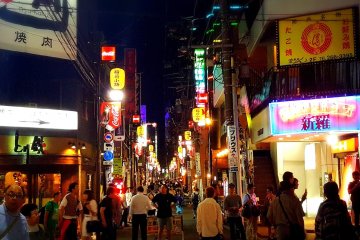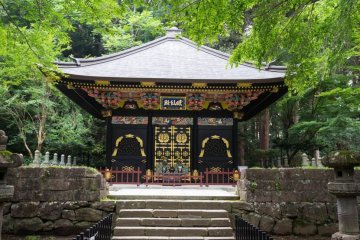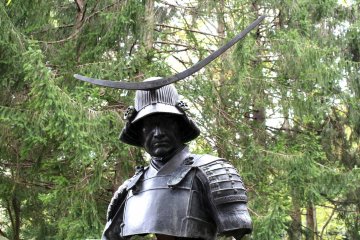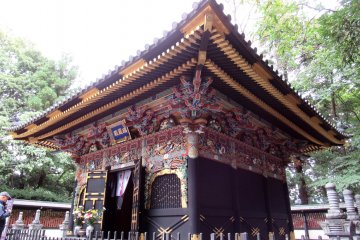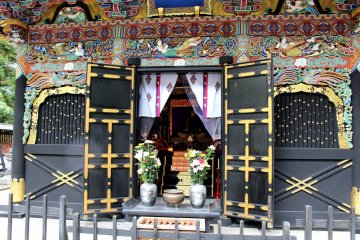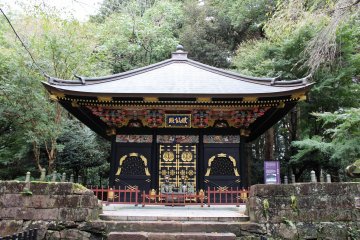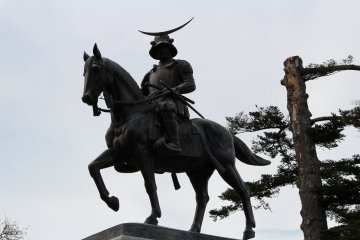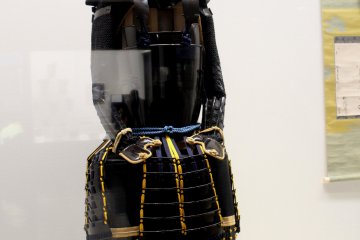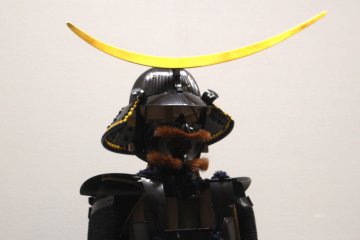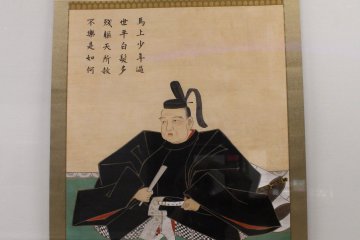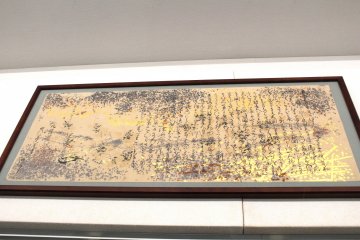Visiting Sendai, it’s interesting to see some historical sites connected with the city’s founder. Sendai was founded in the year 1600 by the leader of Date dynasty – Date Masamune.
The father of Date Masamune owned lands and Yonazawa castle in Yamagata province, but in the year 1584 he handed over power to his 18-year old son Masamune. After suffereing from smallpox, Masamune lost one eye, and for that was named the 'One-Eyed Dragon'. For his merits in battle Masamune was awarded with land where the city of Sendai is now by Tokugawa Ieyasu.
In Sendai City Museum items that belonged to Masamune are on display, such as armor, personal items, letters and portraits. Near the museum there is a metal bust of the city’s founder.
After visiting Sendai City Museum, you can walk up the steep road to Aoba Mountain where the castle used to stand. The castle itself didn’t survive the fires of 1882 nor the bombardment of 1945. Now there are only stone walls and a corner watchtower remaining. On the grounds of the former castle there is an equestrian monument to Date Masamune facing the city’s panoramic view at the foot of the mountain.
One of the first shrines of Sendai founded by Date Masamune in 1607 is Osaki Hachimangu dedicated to the deity of war Hachiman, who is also the patron deity of Sendai City. The main building of the shrine is one of Japan’s heritage sites though the shrine itself was reconstructed.
Finally, there is Date Masamune’s mausoleum in Zuihoden Temple. His remains are kept there along with a sculpture of a seated Masamune inside. His son and grandson also have mausoleums nearby, while other family members have smaller monuments. Zuihoden is richly decorated in the colorful Momoyama style, reminiscent of the temples of Nikko. The museum of Date Masamune is located in the same area where family memorabilia and personal items are on display.
When visiting Sendai, be sure to stop by these places and learn more about Date Masamune, founder of Sendai City.




